Make Bath Salts: 5 Techniques For a More Professional Bath Salt Recipe
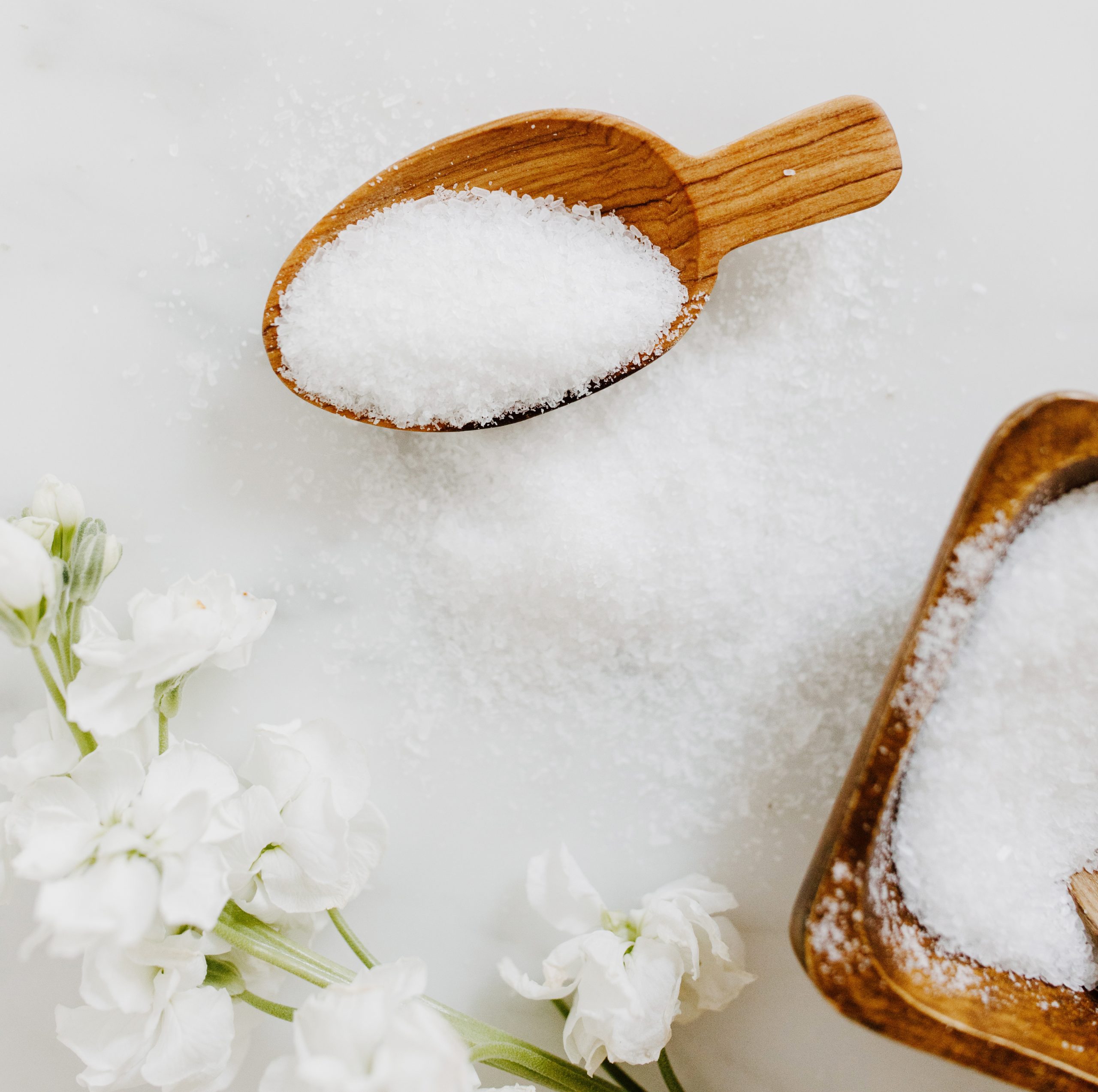
If you’ve already made a basic bath salt, but you want to produce a more professional product, you’ll love these simple techniques. They’ll make your bath salts less “home brew” and more spa-quality. Once you start using them, you will feel more confident giving your handmade bath salts as gifts or presenting them for sale at a store or craft fair.
All of these techniques are just twists or extensions on what you already know. Doing them takes no more time than putting together basic bath salts.
1) The “Secret” Ingredient – Dendritic Salt
If your bath salts come out damp or oily, they cake up into unsightly chunks, or they lose their scent too fast, you must use dendritic salt. It is basically a fine-grained table salt, but it has twice the power of oil and moisture absorption. Just mix your fragrance, moisturizing oils, and liquid color into the dendritic salt first, then mix the dendritic salt into your bulk bath salt.
Usage: Start with 1 part dendritic salt to 5 parts bulk salt. Don’t be afraid to use more if you need it to keep your bath salts dry; it’s just plain old sodium chloride.
2) Powdered, Concentrated Colorant Instead of Food Coloring
Most people start coloring their bath salt with consumer-strength FD&C dye, which is food coloring. If you want a wider range of colors, such as a good lavender, and more vivid bath salts that will color the bathwater, you should use powdered colorant instead. Powdered colorant can either be dye, such as FD&C dye, or mica. Use either kind, but make sure that it’s water soluble.
Usage: Disperse 1/4 teaspoon of powdered colorant in 1 ounce of water in a dropper or spray bottle. Blend into dendritic salt first or spray a fine mist directly onto your bath salt mix.
3) Make Fizzing Bath Salts
Fizzing bath salts are easy to make and add something special to the experience. If you’ve made bath bombs before, the ingredients are the same. Make a “fizz powder” of 2 parts baking soda to 1 part citric acid, and incorporate it into your bath salts. The bath salts will have a powdery feel, but they will flow better and stay dryer as a result.
Usage: I recommend 1/4 cup of “fizz powder” in each serving of bath salts.
4) Use Better Bulk Salt From The Dead Sea
Dead Sea salt is the best bulk salt, better than Atlantic sea salt or Epsom salt. Why is this? Because Dead Sea salt has an incredible mineral profile, much more than the other two. Dead Sea salt has been the subject of numerous health studies, which have shown it to help with eczema, improve circulation, reduce inflammation, and more. It is more expensive than Atlantic sea salt or Epsom salt, but the therapeutic benefit is worth the cost. Use essential oils in combination with Dead Sea salt for the benefits of aromatherapy as well!
Usage: 1/2 to 2 cups per bath for maximum effect.
5) Get The Most Out of Your Mineral Bath
Did you know that if you run the bath water too hot, you won’t get any of the minerals? Though the heat can be soothing, temperatures that are too high will make your pores close, preventing absorption of any minerals. In addition, hot baths will make you sweat, just like a sauna, and you may feel tired or sluggish from dehydration.
Usage: The ideal bath temperature is tepid to warm, not so hot that you feel the urge to jerk your foot out of the water when you test it.
>>Northern Nights Bath Salt Recipe
The Author:
Katherine Durkes is the author of three how-to guides on how to make bath and body, perfume, and home fragrance products.
Photo. Tara Winstead

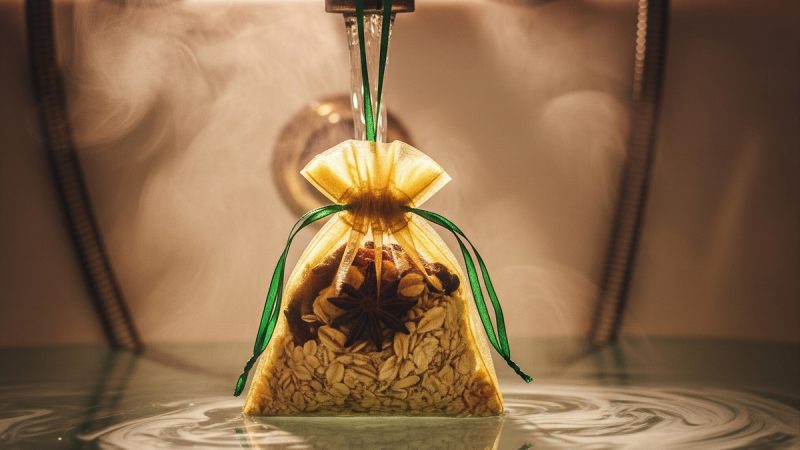

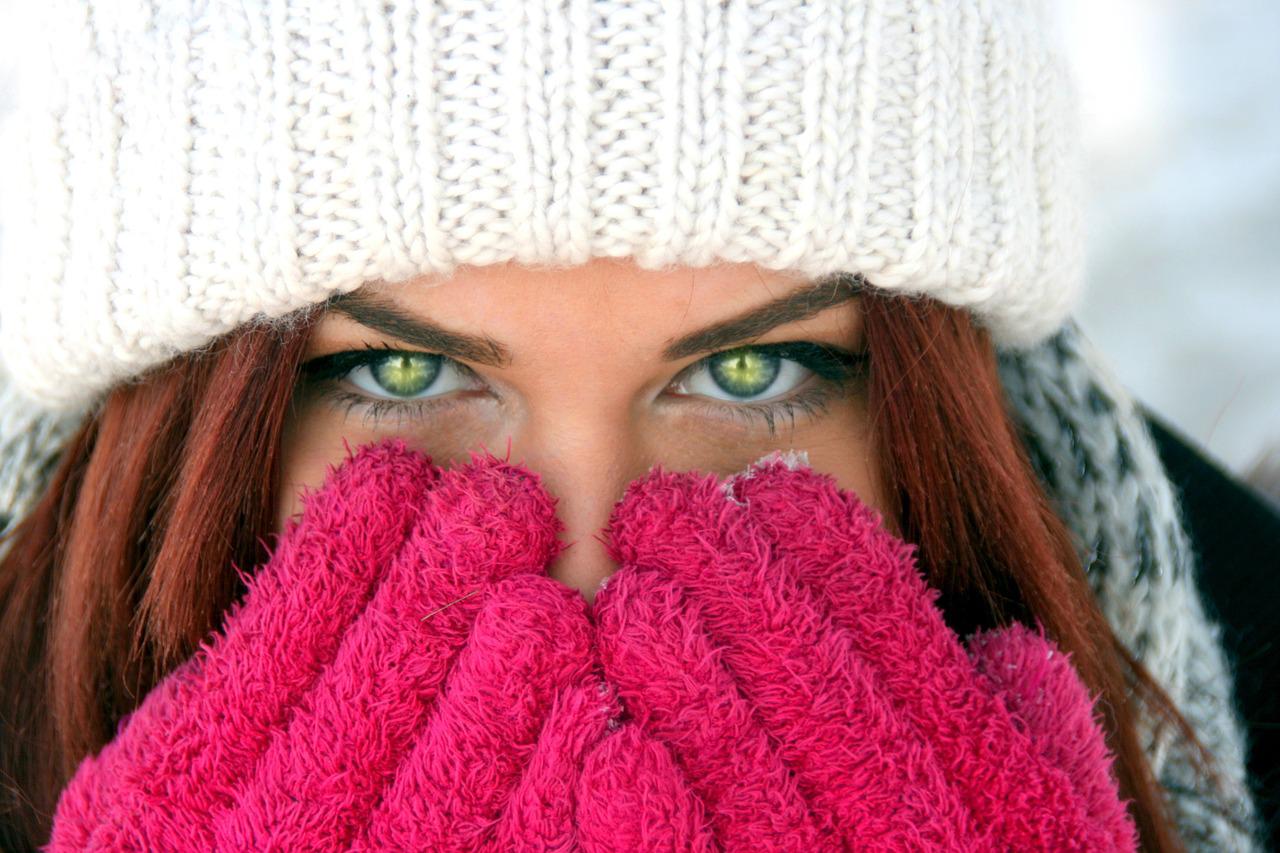
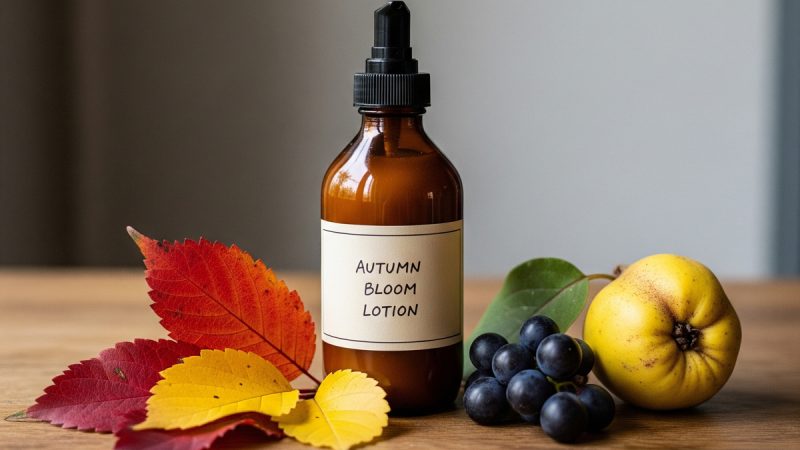

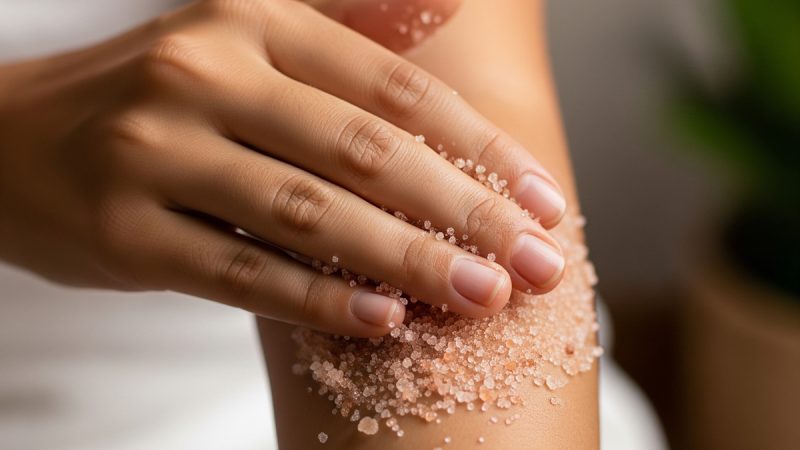
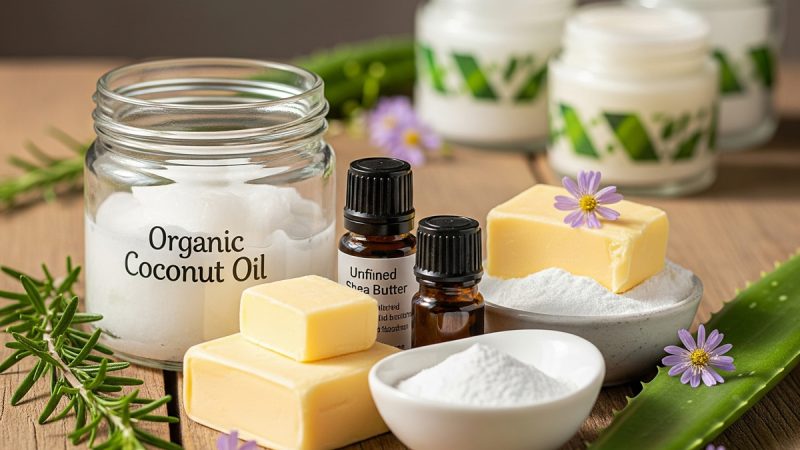
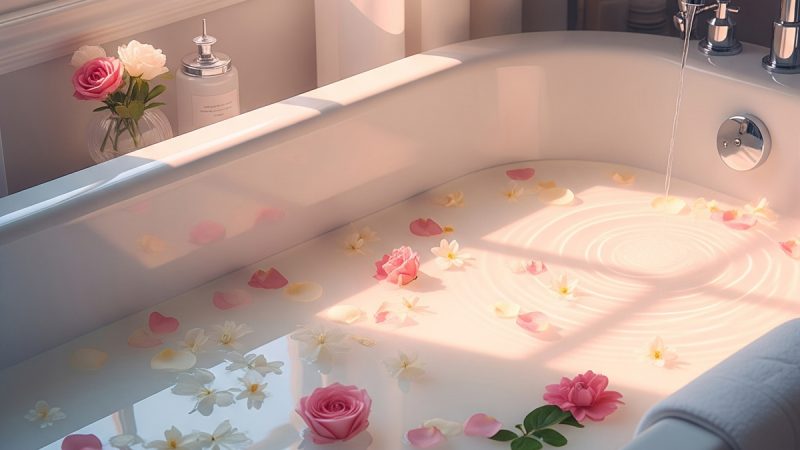
I am not sure how you can sweat with your pores closed. Heat should open the pores (though I do agree that perhaps if you are sweating, minerals cannot be absorbed since the flow of liquid is out of the body).